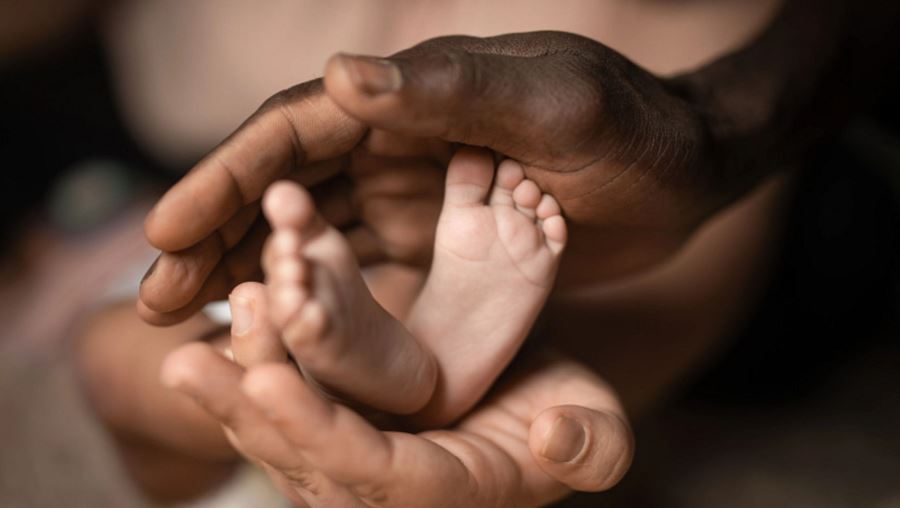 Premature birth, birth asphyxia, and pneumonia continue to be top killers of children under the age of five in Kenya, according to the Kenya Vital Statistics Report 2024, released on July 9, 2025, by the Kenya National Bureau of Statistics (KNBS).
Premature birth, birth asphyxia, and pneumonia continue to be top killers of children under the age of five in Kenya, according to the Kenya Vital Statistics Report 2024, released on July 9, 2025, by the Kenya National Bureau of Statistics (KNBS).
The report gives a gloomy indication of the health of the country’s children. It indicates that premature delivery and birth asphyxia, when the infants experience difficulty in breathing during birth, combined resulted in 4,112 deaths in 2024 among children.
In addition, 2,816 children lost their lives due to pneumonia, an easily treatable and preventable respiratory infection, the third leading cause.
Together, these three conditions were responsible for more than 6,900 of the 20,156 under-five deaths that occurred in health facilities across the country last year, a testament to the continued challenges of Kenya’s maternal and child healthcare systems.
Prematurity, which refers to births before 37 weeks of gestation, and birth asphyxia are avoidable if pregnant women have good antenatal care, skilled birth attendants, and neonatal intensive care units (NICUs). Health experts believe that increasing antenatal services, safe delivery, and postnatal services would greatly reduce these deaths.
KNBS also noted that these top causes of child mortality affected girls and boys nearly equally, with hardly any difference by gender.
“Prematurity and asphyxia have persistently been the top child killers over the last five years” the report stated, emphasizing the need to invest immediately and specifically in maternal and newborn health.
Pneumonia, though very treatable, still plagues children in both urban and rural areas, across economic and gender divisions. Health workers say early detection, vaccination, and timely treatment are key to reversing its deadly impact.
Other Less Prevalent Causes of Child Mortality
In addition to the top three, the report also mentioned other causes of deaths among children under five, albeit not as prevalent. These are neonatal infections, sepsis, gastroenteritis, anaemia, and malaria, all diseases which remain fatal, especially where access to health care remains low.
UNICEF estimates Kenya’s under-five mortality at the present time as 41 deaths per 1,000 live births, far above the Sustainable Development Goal (SDG) benchmark of 25 by 2030.
The Kenyan government is being urged by health campaigners to act fast. They are pushing for increased funding in primary healthcare, expanded newborn care services, and greater outreach in rural areas.
“This report is a wake-up call,” KNBS warned. “We must invest more in primary healthcare and ensure no child dies from preventable causes.”